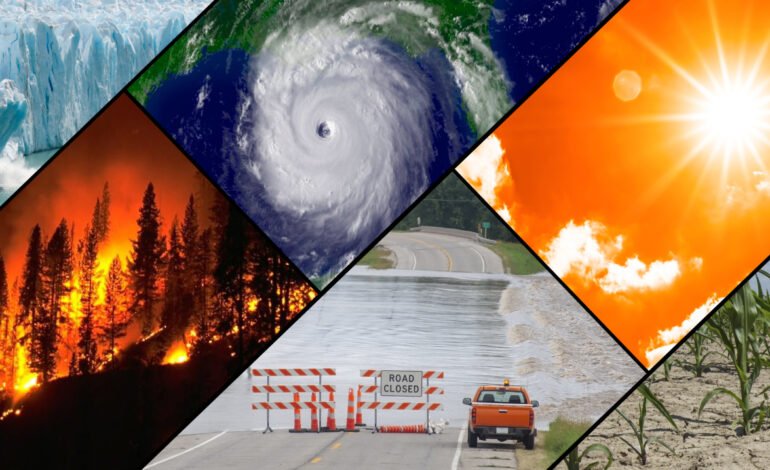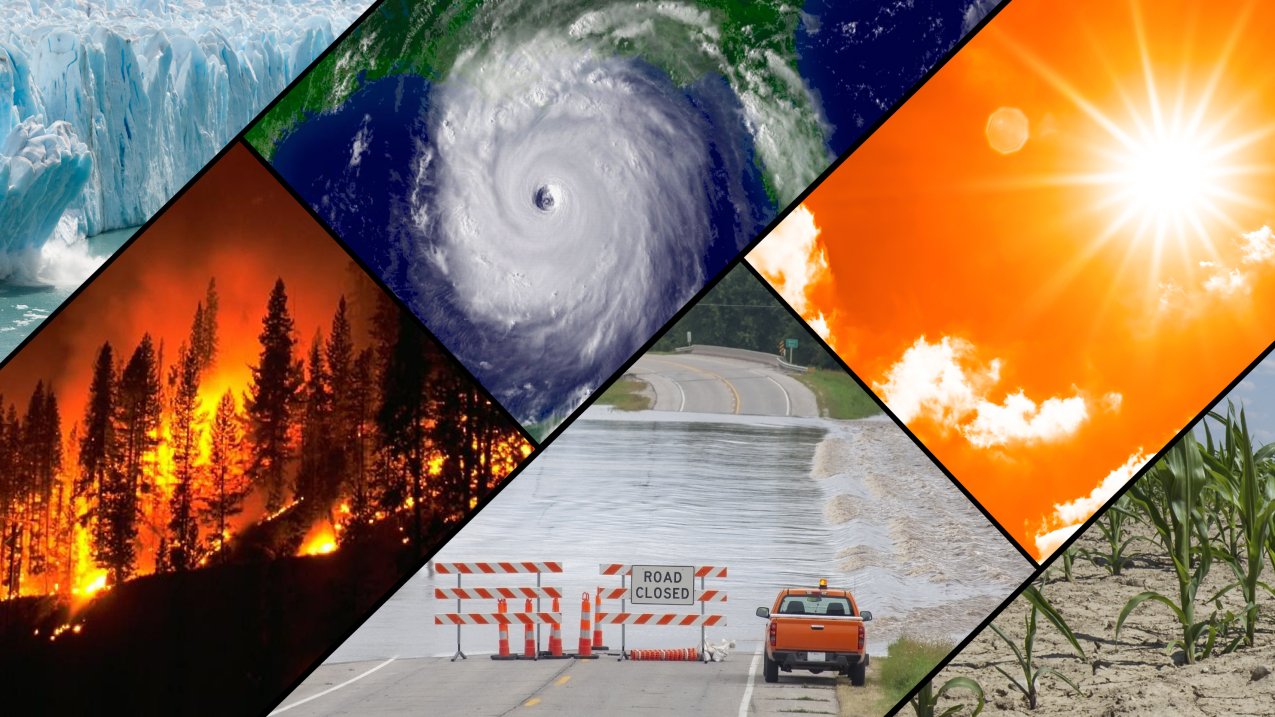Every home is shaped not only by how it’s built, but also by where it stands. The local climate and geography of your region play a major role in determining what environmental hazards may be present in your living space. From mold growth in humid areas to radon gas in mountainous regions, your surroundings can silently impact your home’s safety and your family’s health.
Understanding the relationship between climate, location, and environmental risk allows homeowners to take proactive steps in protecting their living spaces. Whether you live near the coast, in a cold climate, or in a densely urbanized zone, awareness is the first line of defense.
Environmental Hazards by Geographic Location
Different environments carry different risk profiles. Knowing what is common in your area helps you plan more effectively and avoid preventable issues.
- Coastal regions often deal with high humidity, salt air, and storm-related flooding that promote mold and structural degradation
- Mountainous or rocky regions are more likely to have elevated radon levels that seep into homes through basements or crawl spaces
- Urban areas may experience higher levels of air pollution, lead exposure from older infrastructure, and VOCs from nearby industry
- Rural zones may encounter risks from agricultural runoff, pesticide exposure, or improperly maintained septic systems
- Colder climates often create condensation and ice dams, which lead to moisture damage and mold growth in insulation and walls
Local environmental testing by experts like gacenvironmental.net helps uncover these hidden risks, giving homeowners the data they need to act responsibly and protect their property.
How Weather Patterns Shape Home Hazards
Beyond geography, daily and seasonal weather fluctuations also influence indoor environmental conditions. Some of the most harmful contaminants are born from common weather events.
High Humidity and Moisture Buildup
Warm, moist air creates ideal conditions for mold, mildew, and dust mites. Homes in humid areas must be especially vigilant about air circulation and moisture control. Testing can identify mold growth behind walls or beneath floors before symptoms emerge.
Flooding and Water Intrusion
Heavy rain, hurricanes, or snowmelt can cause water to seep into foundations, basements, and walls. Even minor leaks leave behind moisture that encourages toxic mold and bacteria. Post-storm inspections are crucial to ensure no long-term contamination.
Freeze-Thaw Cycles
In colder climates, repeated freezing and thawing causes cracks in foundations and pipes. These cracks can become entry points for radon gas, water intrusion, or pests. Preventative maintenance and environmental scans help mitigate these hidden threats.
Heat Waves and Stagnant Air
Extended periods of heat reduce air movement inside homes. This allows indoor pollutants, VOCs, and allergens to build up to unsafe levels. Monitoring indoor air quality is especially important during these times.
Wind and Storm Damage
Wind-driven debris or roof damage may expose asbestos in older homes or lead-based dust from deteriorating exteriors. After any structural damage, environmental testing is advised to ensure hidden materials weren’t disturbed.
Snow and Ice Accumulation
Snow buildup on roofs can cause leaks or ice dams that trap moisture under shingles. Over time, this leads to rot, mold, and water damage inside the home. Early detection prevents costly repairs.
Drought and Dust Exposure
In arid areas, lack of moisture causes dust and allergens to accumulate indoors. These particles can aggravate asthma and respiratory issues. High-efficiency air filters and regular testing keep indoor conditions safe.
Localized Prevention and Response Strategies
Environmental protection isn’t one-size-fits-all. Tailoring your approach to your region ensures your home remains safe year-round.
Research Regional Risk Factors
Know your area’s history with mold, radon, flooding, or other issues. Local government, environmental agencies, or community resources often provide maps and data. This research helps you target your prevention strategies.
Schedule Seasonal Inspections
Align testing and maintenance with seasonal risk windows. For instance, test for mold in spring and radon in winter. Establishing an annual schedule keeps your home consistently protected.
Invest in Smart Monitoring Tools
Use air quality monitors, humidity sensors, and radon detectors that suit your climate. These tools provide real-time updates so you can respond before problems grow. Smart tech makes environmental vigilance easier.
Modify Building Materials and Insulation
Choose materials that are resistant to moisture, corrosion, or decay based on your climate. Homes near saltwater benefit from corrosion-resistant fixtures. Insulation designed for your climate reduces condensation and mold risk.
Maintain Proper Ventilation
In any location, air flow is your best friend. Mechanical ventilation systems, exhaust fans, and openable windows help reduce indoor pollutant levels. Good ventilation supports health and preserves structural integrity.
Educate Household Members
Everyone in the home should understand the risks specific to their location. Teaching simple habits like drying out wet spaces or checking for leaks reinforces safety. Knowledge is the foundation of prevention.
Partner with Local Environmental Experts
Professionals familiar with your region’s climate and regulations can offer tailored services. Companies specialize in detecting and resolving environmental issues with localized insight and care.
Conclusion
Your home’s safety is shaped by much more than the bricks and beams it’s made of. Climate and geography influence everything from air quality to building integrity, and ignoring those factors can lead to serious health and structural issues.







